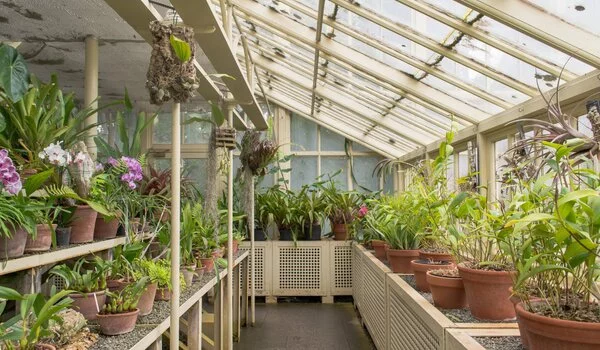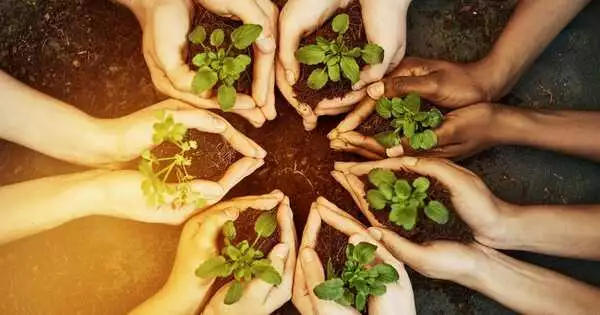Plant ecologists have long been concerned about the increasing rates of plant extinction caused by habitat loss, climate change, and other anthropogenic factors. However, with concerted efforts and effective conservation strategies, it is possible to achieve zero plant extinction.
Many plant species, like animals, are struggling to adapt to a world dominated by humans. Plants, on the other hand, are frequently overlooked in conservation efforts, despite the fact that they are less expensive and easier to protect than animals and play an important role in bolstering our food, fuel, and medical systems. A plant ecologist proposes a strategy for preventing all future land plant extinctions around the world in a review published in the journal Trends in Plant Science, which includes training more plant experts, creating an online “metaherbarium,” and establishing “microreserves.”
“There is no technical reason why any known plant species should go extinct,” writes plant ecologist Richard T. Corlett of the Xishuangbanna Tropical Botanical Garden in Yunnan, China. “If zero extinction is potentially achievable for plants, a less ambitious target would be inexcusable.”
Conservation of self-sustaining wild populations in protected areas is the ideal. This allows continued evolution in response to ongoing environmental change and the continued support of mutualists, herbivores, and pathogens, some of which may face extinction without their only plant hosts.
Richard T. Corlett
An estimated 21-48 percent of vascular plant species, which include flowering plants and trees, may become extinct as a result of changes in land use and unsustainable harvesting practices. While it is theoretically possible to save all 382,000 currently known plant species, no single solution works for all. Conservation plans can take many forms and can be implemented in a plant’s natural habitat, which is often in the form of a nature reserve, or in a curated environment, such as a botanical garden. Sometimes a combination is the best option. A microreserve, for example, a tiny piece of protected land designed to avoid space constraints, could be combined with a supply of frozen seeds to fall back on if necessary.
“Conservation of self-sustaining wild populations in protected areas is the ideal,” says Corlett. “This allows continued evolution in response to ongoing environmental change (such as climate change, and new pests and diseases) and the continued support of mutualists, herbivores, and pathogens, some of which may face extinction without their only plant hosts.”

One of the biggest barriers in plant conservation is the lack of trained specialists, especially in tropical areas where there is already a sizeable backlog of unidentified species that need to be studied. “Undescribed species are invisible to science and conservation planning,” says Corlett. It’s likely that many “dark extinctions,” which occur when species slip away without us even knowing they existed, have already happened.
Access to information is another barrier to preventing plant extinctions. Plant specimens, which are difficult to use from a distance, currently provide the most reliable species records. Corlett contends that researchers can circumvent this issue by creating an online “metaherbarium,” which would link digitized records from herbarium specimens with photographs, status assessments, recovery plans, and links to other resources. The online database would make it simple to obtain the information needed to save all plant species, a feat that will necessitate collaboration and dedication on the individual, national, and global levels.
“There are some major areas that need more research, but most of what is needed is not novelty but a lot more of the same: more people, more space, more funding, more monitoring, and more of the local interventions that work,” says Corlett.





